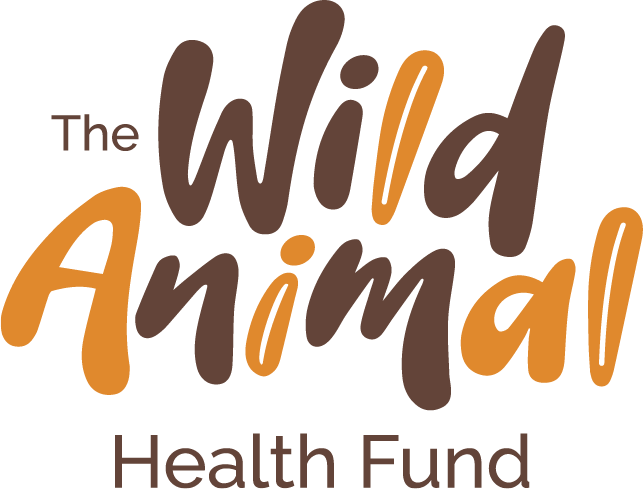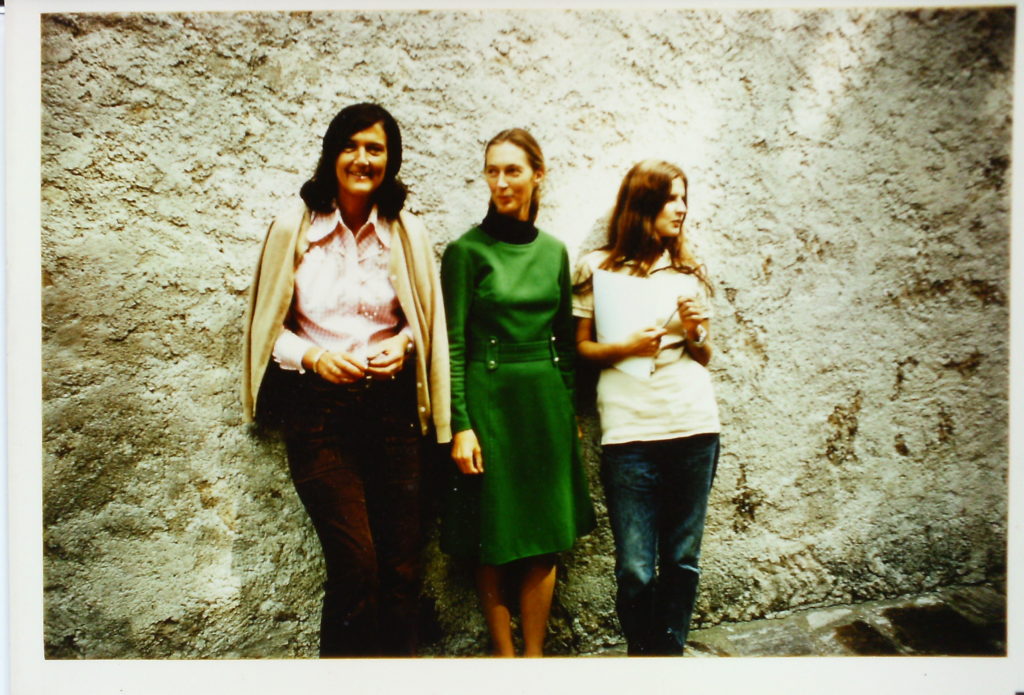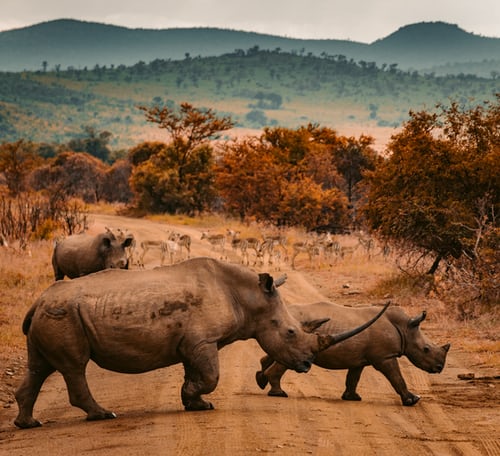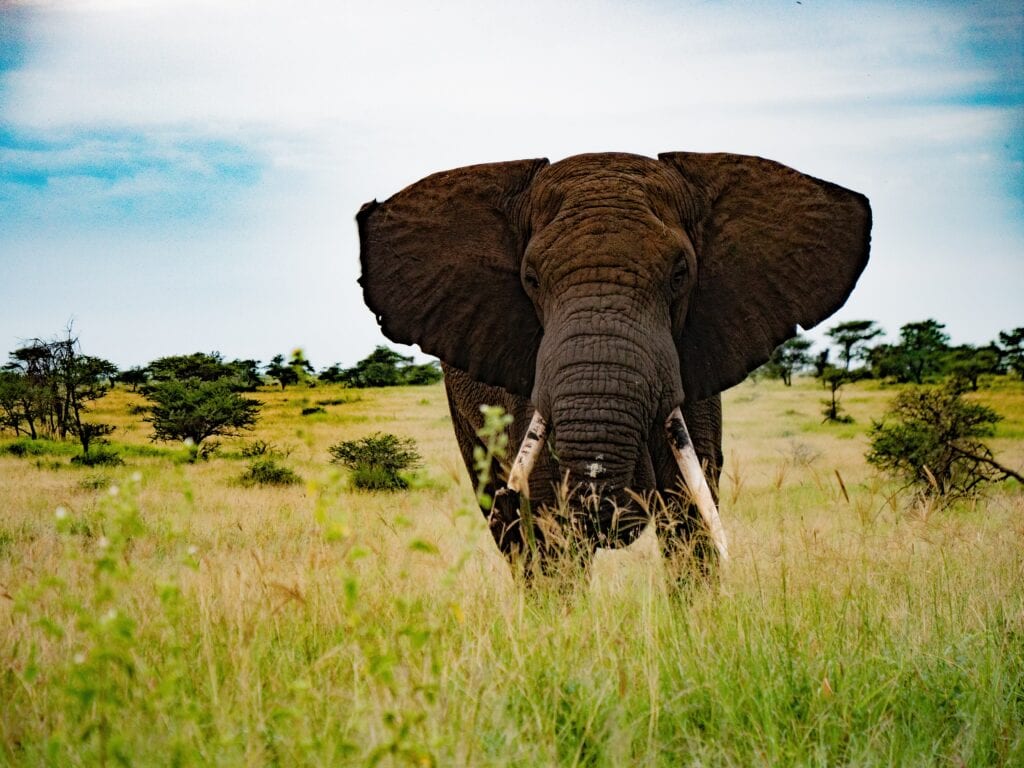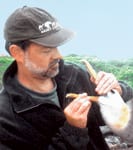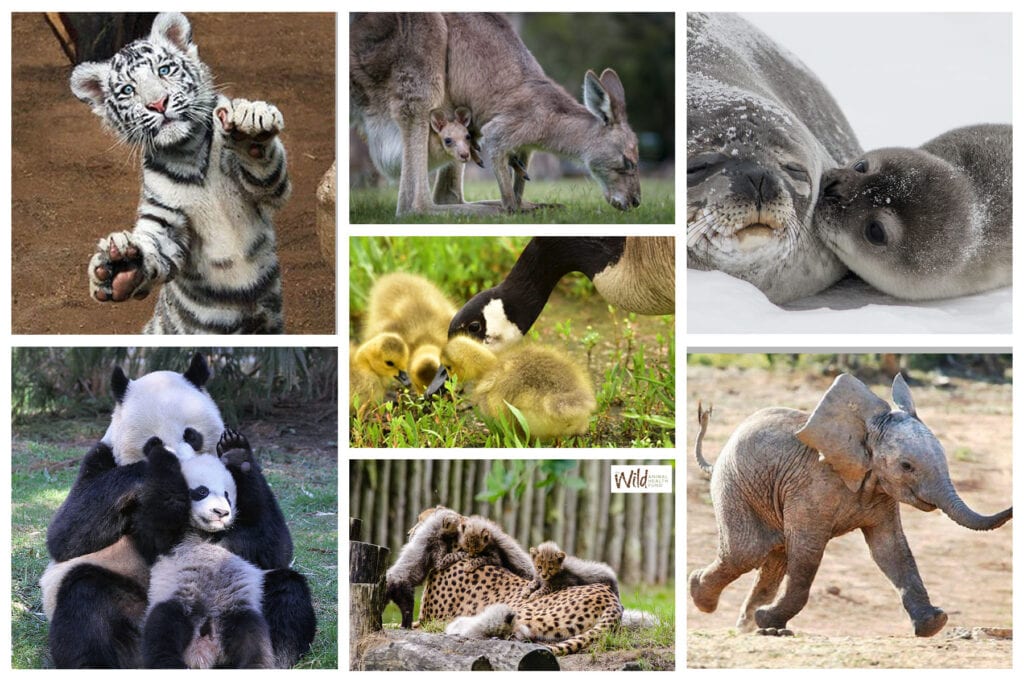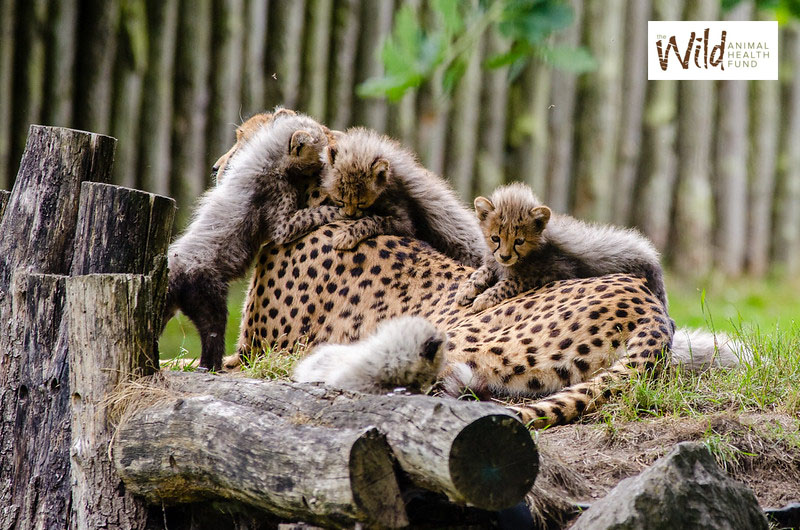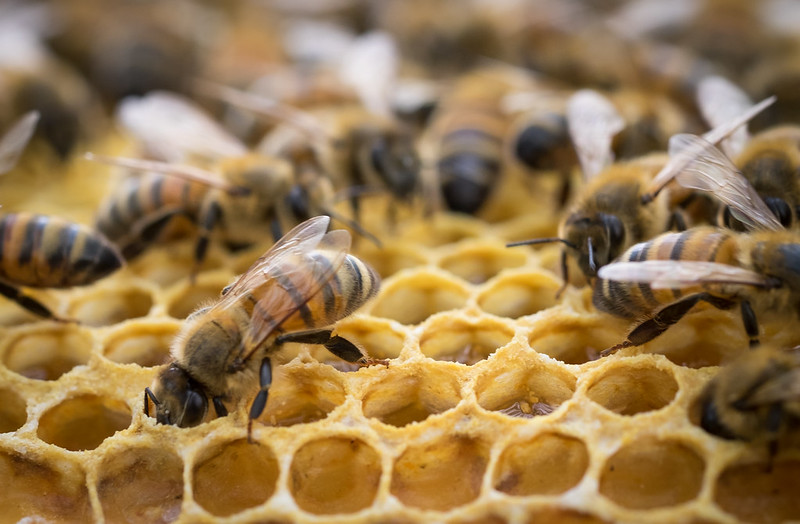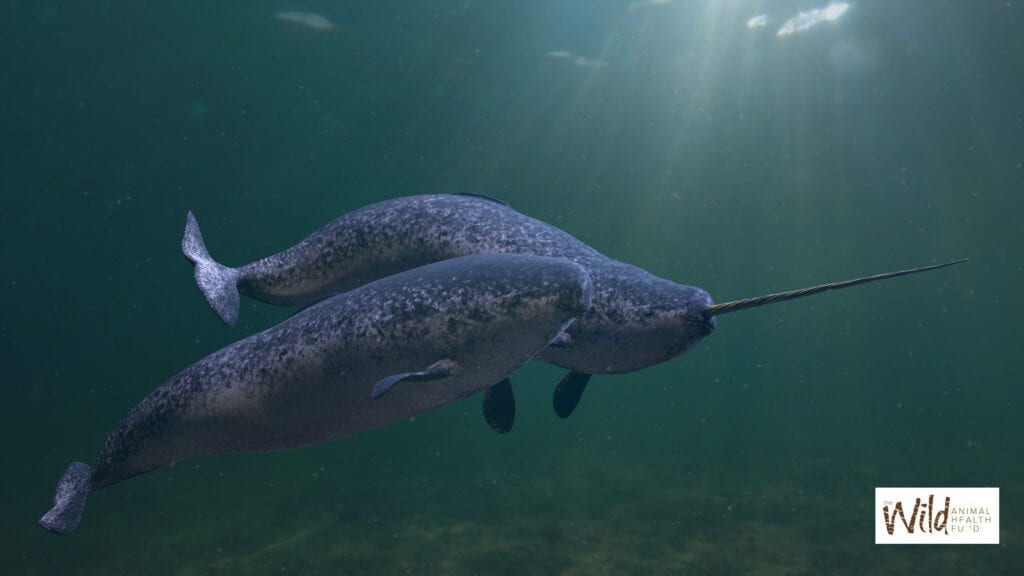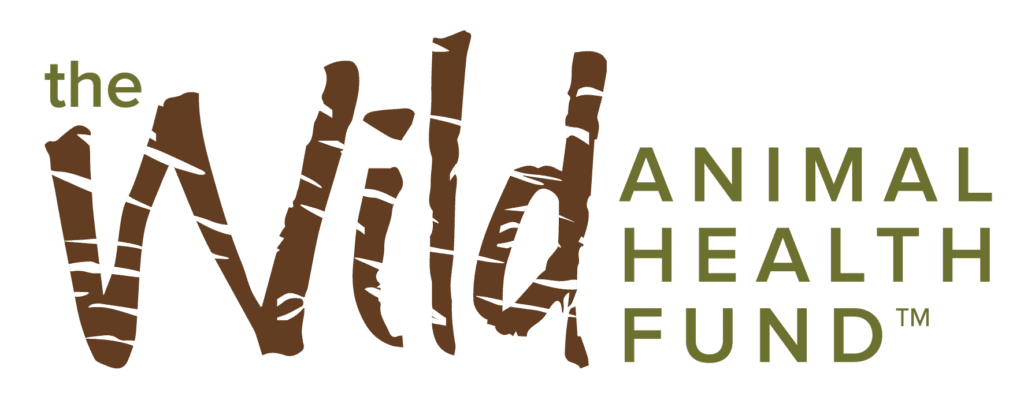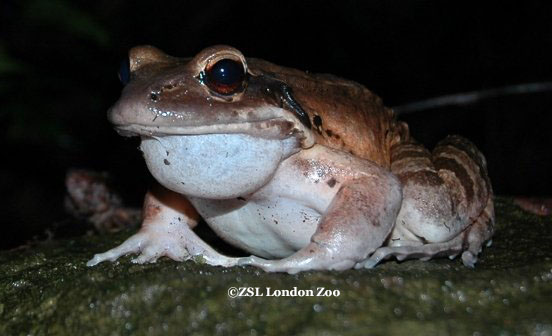Facts and Questions
Women in Wildlife Research
Did you know some of the most powerful voices in zoo animal and wildlife research have been women? Several of these women paved the way during a time when women weren’t in conservation. You can thank these women for the protection of species like: cheetahs, gorillas, rhinos, sharks, orangutans, elephants, chimpanzees, and so many more.…
Read MoreWhy are the Rhinos disappearing?
Today, three out of the five rhino species is considered Critically Endangered, or is facing extinction. So why are rhinos disappearing? The biggest threat is poachers killing the 5,000 pound creatures for their horns. A large percentage of this poaching has taken place in South Africa, home to most rhino species in the world. Their…
Read MoreIn Situ vs. Ex Situ Conservation
Different types of conservation Did you know that there’s a name for the different types of conservation? Latin for “in” and “out” of place, in situ and ex situ describes the location for wildlife. In situ refers to the animal’s original home and ex situ describes conservation in which the animal has been moved. Each…
Read MoreZoos are vital to conservation
Are zoos important to the conservation of zoo animals and wildlife? Should zoos exist? Are they even important? Why? Traditionally, zoos were solely a source of entertainment for families. In 1793, when Paris, France opened the worlds first modern zoo, employees and zookeepers knew very little about the animals they placed on display. In that…
Read MoreBaby Zoo Animals and Wildlife
Who doesn’t love baby zoo animals? We sure do! Whether it is a foal, poult, kid, fawn, cub, kit, pup, calf or joey exploring and playing in their new little worlds, we can all agree that babies of any species are just adorable. And a positive sign for the future. Wild Animal Health Fund loves to see baby zoo animals.…
Read MoreWhy fundraising is so important for the animals
Why is fundraising so important for the animals? Simply put, because we can’t afford to lose sight of the need for research for them, too. During this uncertain time of COVID, the rapidly changing environment, conflicts near and far, and other catastrophes – natural and created by humans, Wild Animal Health Fund knows one thing for absolute certain, the animals STILL need…
Read MoreHoneybee Research Gives Us Answers
Honeybee research has taught us so much about these important creatures. Did you know that there are 44 subspecies of honeybees that fall into 7 classes of honeybee species? We did not either until specialists did research on honeybees. Honeybees are extremely important to the ecosystems they live in All honeybees are extremely important to…
Read MoreNarwhals, the unicorns of the sea
Did you know narwhals, the unicorns of the sea, are actually a species of whale related to the Orca and Beluga that call the Arctic Circle home? The unique and singular tusk that male narwhals grow, that gives them the nickname ‘Unicorns of the Sea’, is actually a tooth that can grow up to 10…
Read MoreWho is the Wild Animal Health Fund?
The Wild Animal Health Fund (WAHF) is not your average conservation program. In fact, there are not other conservation programs like us on the planet. The Wild Animal Health Fund, a 501(c)(3) not-for-profit, is a program of the American Association of Zoo Veterinarians (AAZV). WAHF is solely focused on funding humane health studies for zoo…
Read MoreOne funded project can help several species
One funded project can help several species but what is the impact? Each Wild Animal Health Fund project must share the results through refereed scientific journals and lectures at conferences with scientists from all over the world. The beneficial insight from the shared knowledge then goes into action for the animals’ care whether the animal…
Read More